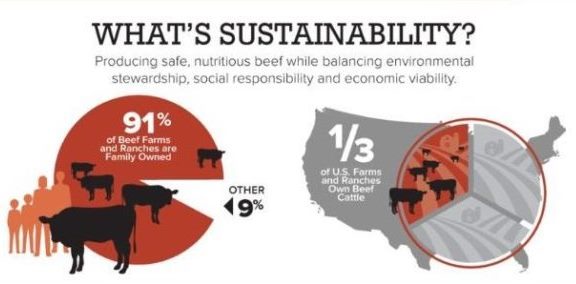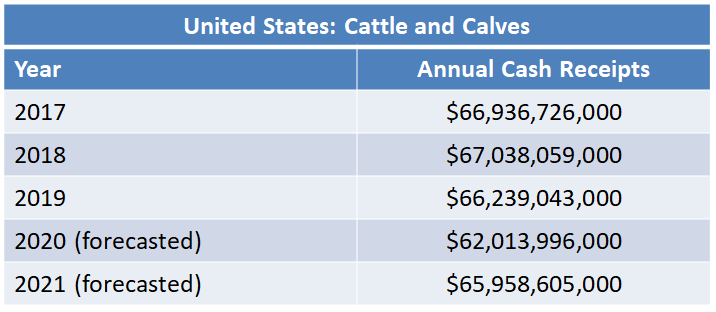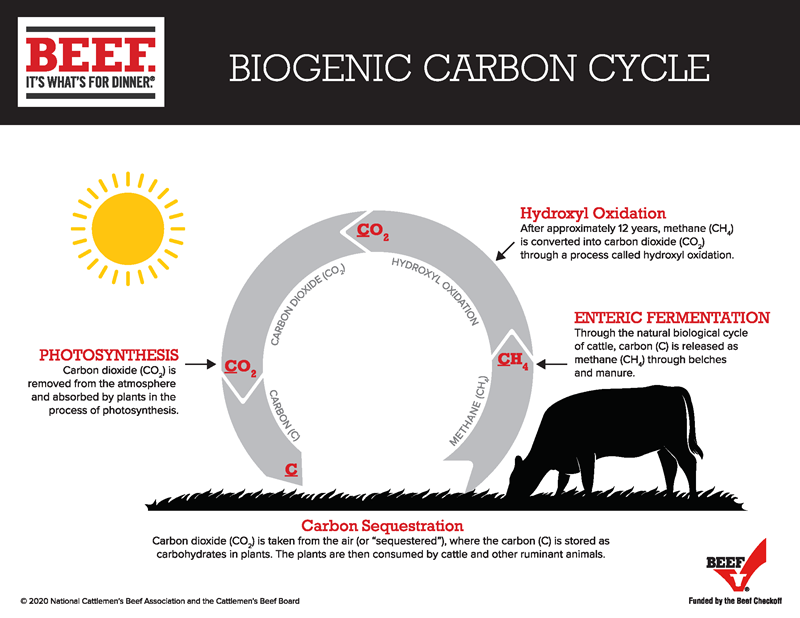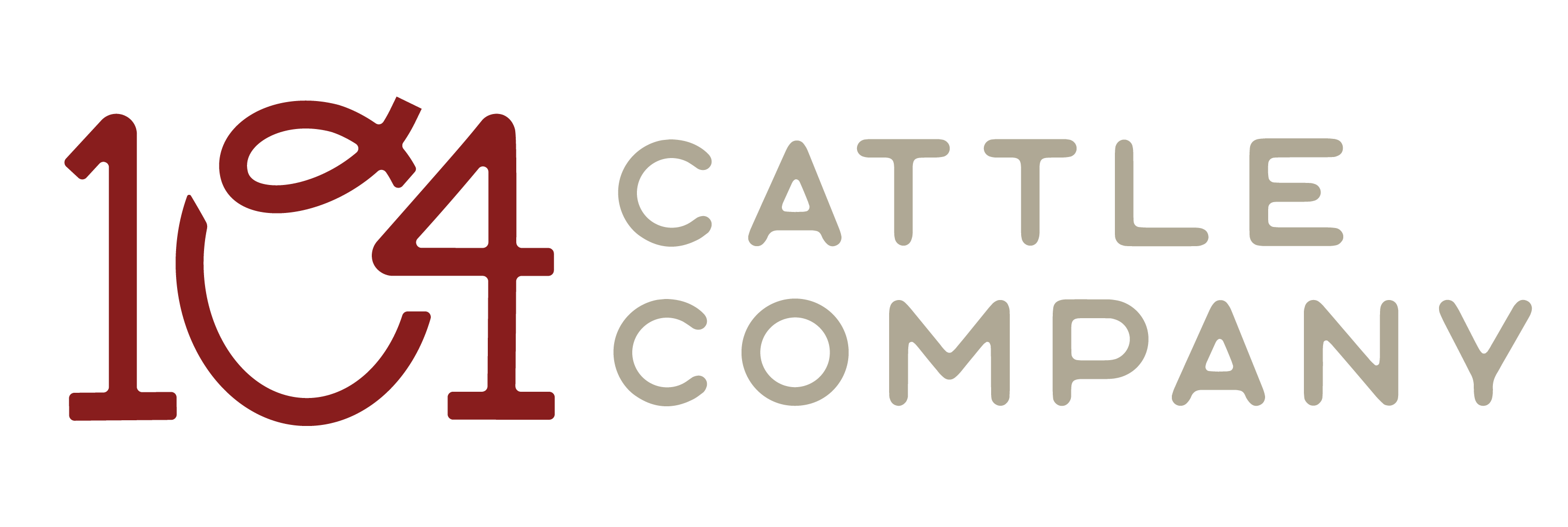Beef Sustainability
Most of the beef sustainability information below is from the BEEF website, unless marked otherwise. Please visit their site for even more information on beef’s role in sustainability.
The Three Pillars of Sustainability
A sustainable food system is comprised of three different, but intersecting, pillars: social responsibility, economic viability and environmental stewardship. True sustainability is a balance of these three aspects. Beef farmers and ranchers are dedicated to producing beef in a way that prioritizes the planet, people, animals, and progress.
Social
Perhaps the least explored of the three pillars is social sustainability. We define this as community and organizational resilience, based on principles such as equity, health, social capital, and well-being. For beef production, social sustainability includes worker safety, animal welfare, antibiotic and technology use, and the culture and traditions of beef producers.
At 104 Cattle, our focus is on animal welfare and the well-being of people in our local and global communities. That’s why a portion of every sale is donated to local and global charities like food banks and feeding centers.

Source: U.S. Sustainability Alliance

Source: USDA
Economic
The economic pillar of sustainability refers to practices that support economic success and equitability, without negatively impacting the social and environmental aspects of the community. This includes improving rural economies & livelihoods, affordability of beef to consumers, profitability of beef producers, and the value of ecosystem services. Beef farms and ranches represent over 30% of the farms in the U.S., making up the single largest segment of U.S. agriculture, and a significant component of the agricultural economy.
Environmental
This area is concerned with protecting and enhancing natural resources, ecosystem services, and ecological health. This pillar looks at biodiversity, carbon & water footprints, wildlife habitat, soil and rangeland health, and the ability of cattle to utilize human inedible feeds, among others.
Contrary to some of the misconceptions about beef’s role in greenhouse gas emissions, cattle-generated gases are completely natural, are very different from the types of gasses stemming from fossil fuel emissions, and are on the decline. Click here to learn more about beef’s role in greenhouse gas emissions.
At 104 Cattle, our management practices of rotational grazing and avoidance of synthetic fertilizers and herbicides encourage biodiversity, wildlife habitat, and soil health, while allowing cattle to upcycle human-inedible feeds into safe, delicious, and accessible proteins for our customers.

